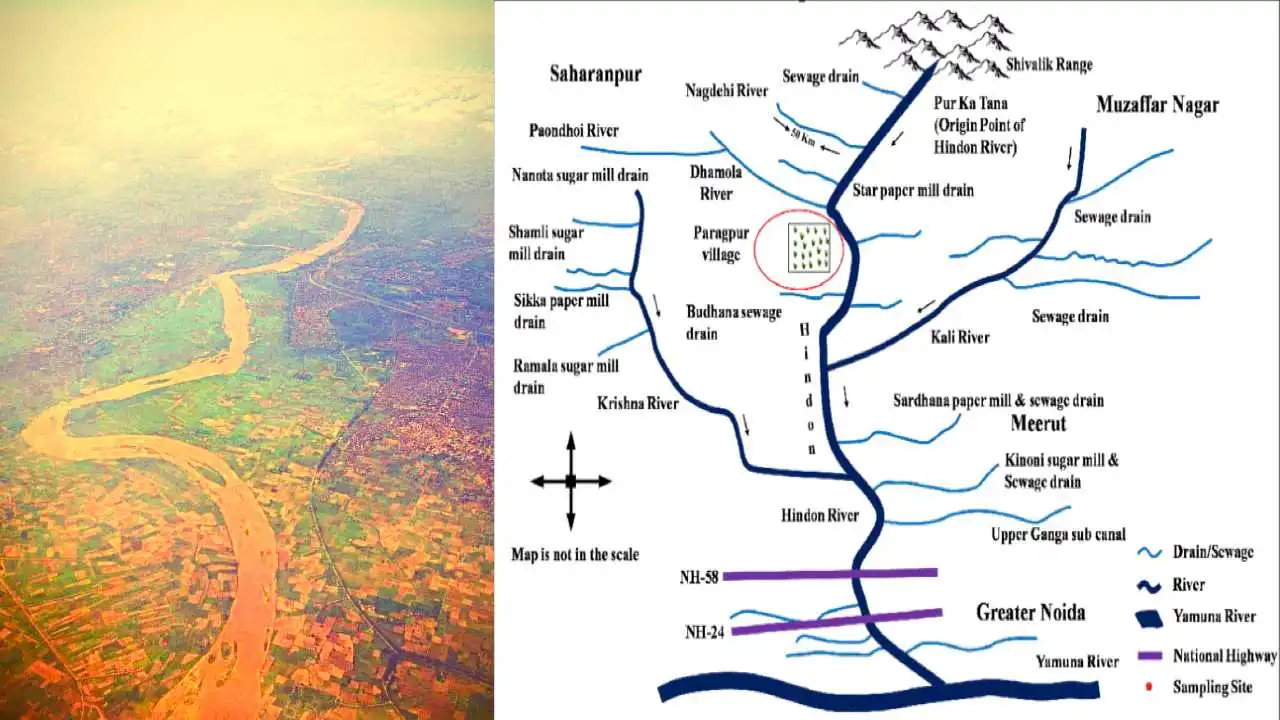Introducing the Hindon River: A Lifeline Threatened
The Hindon River, a once-thriving watercourse that runs through India’s northern plains, lays witness to a chronicle of ecological conflicts and human effect. The river begins in the Uttarakhand district of Saharanpur and flows through the states of Uttar Pradesh and Haryana before joining the Yamuna. Unfortunately, the Hindon River has deteriorated over time due to excessive pollution and unrestrained human activity. In this article, we look at the issues that the Hindon River is currently facing, as well as the promising efforts to restore its ecological equilibrium.
The Downward Spiral: Pollution Threatening the Hindon River
The Hindon River, like many other rivers in India, is suffering from the effects of unregulated pollution. The release of untreated sewage, industrial effluents, and chemical runoff into its waterways has been aided by industries, urban settlements, and agricultural operations along its banks. As a result, the once-pristine river has become a poisonous canal, endangering aquatic life and public health.
Impact on Ecosystems and Biodiversity
The ecological implications of Hindon River degradation are extensive. Pollutants in excess have depleted the oxygen levels in the water, smothering aquatic plants and animals. Fish numbers have plummeted, upsetting the food chain and threatening several bird species that rely on the river for survival. The reduction in biodiversity is a troubling indicator of the river’s deterioration.
Human Communities at Risk
The contamination of the Hindon River also poses a severe hazard to the human communities that live along its banks. Contaminated water has a negative impact on local inhabitants, resulting in waterborne infections and health risks. The well-being of communities is jeopardized while the river continues to be a source of water for agricultural and daily necessities.
Efforts Towards Restoration: Hope for the Hindon
Despite the difficulties, a number of organizations and government programs have stepped forward to alleviate the Hindon River’s pollution. Restoration efforts include the construction of sewage treatment plants, public awareness campaigns regarding responsible waste disposal, and the imposition of stronger environmental laws on companies. Furthermore, community involvement and public participation have been critical in instilling a feeling of joint responsibility for recovering the river.

Leave a Reply